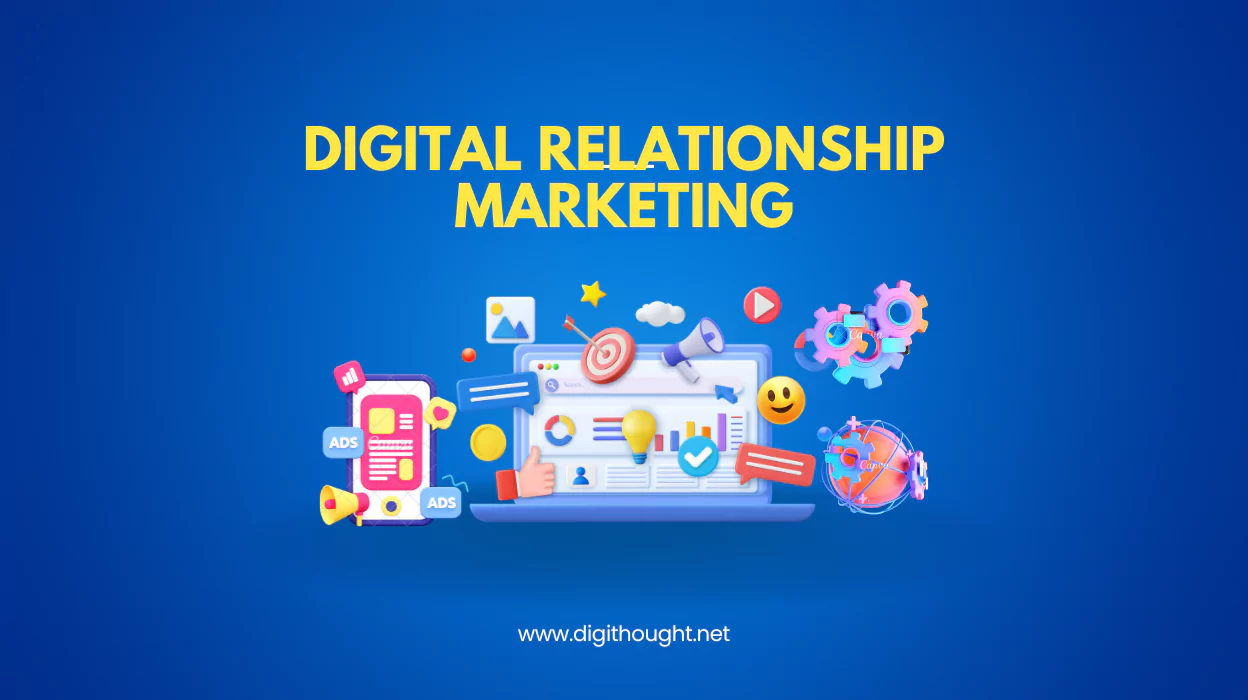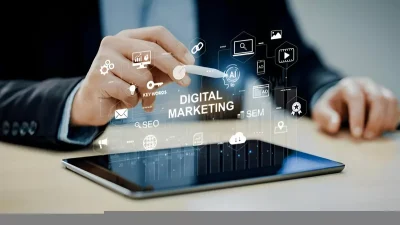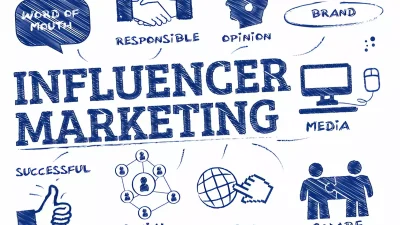Digital relationship marketing has become an imperative strategy for companies in an era of interconnectedness.
There was once a time when media buying meant putting up a billboard or producing television commercials. But today, successful marketing is all about establishing an ongoing and meaningful relationship with customers through various digital interfaces.
“What does digital relationship marketing mean?” you may ask. This post will make it clear to you all through. From understanding that digital marketing’s main idea and the concept of delivery to naming previous practices where it isn’t put in force but it is nuclear to your getting good results, we discuss what you need to know in order integrate effectively into your strategy.
You’ll not only grasp the essence of DRM by reading this post through to the end but also have practical examples and tips taken from real-life experience, which you can put into action right away for your own convenience.
What Is Digital Relationship Marketing?
Digital relationship marketing at its core, is about building long-term relationships with customers rather than merely selling to them. Using digital tools, it emphasizes customer loyalty and engagement through meaningful interactions that are of true worth.
The tl; understand how you as a brand go about and another taking people’s money via selling stuff at
- ‘Traditional marketing is for product sales.’
- ‘Digital relationship marketing is to create loyal customers who not only 满足 themselves but also promote the brand.’
- “Not, ‘How can we sell more things?’ but: Is there any way we could satisfy the customer’s every desire?”
Digital Relationship Marketing’s Key Components
There are several key elements of digital relationship marketing that make it distinctive and effective:
- Customer-centricity: The customer is at the heart of every activity, with a view to providing personalized experiences.
- Value Creation: It is about creating value for customers, whether through quality content and exclusive offers that no other place can match, or, delivering the best service goes beyond what ordinary people are capable of.
- Data-Driven: Using data should always serve as an enabler of marketing direction to test and that for accuracy.
- Two-Way Communication: Unlike traditional marketing, the strength of digital relationship marketing lies in its ability to listen actively and then converse with people.
How Does DRM Differ From Other Marketing?
As more businesses bring their presence online, just having excellent products or services isn’t enough. Nowadays, customers expect more. They want a brand that knows them, listens to them, and connects with them.
There are three primary benefits of DRM:
-
Improved Customer Retention:
According to studies, the cost of retaining an existing customer is just 5 times cheaper than bringing in a new one. (Source: Harvard Business Review) -
Increased Lifetime Value (LTV):
Loyal customers tend to spend more over time, boosting profitability. -
Enhanced Brand Advocacy:
Customers who feel a connection with your brand tend to become influencers, spreading positive feedback and attracting others.
DRM shifts your focus from constantly looking for new buyers to cultivating a pipeline of loyal customers who will help build your brand naturally.
How Digital Relationship Marketing Works
Personalized Content Is King
One of the most important tactics in DRM is providing content that is tailored to the individual user. Customers are much more likely to interact with content that feels tailored to their personal taste.
For example:
Netflix uses algorithmic recommendations in order to personalize user watchlists. This kind of personalization both increases user engagement and makes it sticky, keeping subscribers coming back for more.
Tip:
Use tools like HubSpot or Mailchimp to divide up your audience, and deliver equitable, respectful content that feeds your viewers’ appetite.
Social Media Engagement
Social platforms are a treasure hidden in secret places for cultivating relationships. You enable two-way communication, and the brand/person can interact directly with audiences. You can answer questions, respond to comments, or even DM a customer.
For example:
Wendy’s has become famous for its funny Twitter interactions. The brand’s authenticity and sense of humour show that it listens to its audience, which helps establish a strong emotional connection.
Tip:
Don’t just push sales copy on social media. Initiate discussion, reply quickly, and develop connections.
Using CRM Tools
Every company’s Relationship Management (CRM) is like a digital relationship marketing platform in everyone’s pocket. Within this framework, for instance, Salesforce and Zoho provide much in depth knowledge about your customers’ behavior patterns, preference level, and previous interaction history.
For instance:
Video marketing platform Jetween allows you to send personalized emails, follow up on buying pattern,s and help solve customer needs with clever solutions.
Actionable Tip:
Number 4: Invest in a CRM system that fits the scale and actual objectives of your business.
Value-Driven Email Campaigns
Email still holds top place as a channel for keeping customers engaged. No more of those “one size fits all” bulk emails; the focus here has to be on crafting campaigns that really meet an individual customer’s needs and give them genuine value.
So, for example:
Beauty brand Sephora uses data gathered from previous purchases to make personalized suggestions and deliver its loyal customers exclusive birthday discounts.
Actionable Tip:
In your marketing efforts, run A/B testing to see which type of content works best and reach the audience faster.
Loyalty Programs and Exclusive Perks
A successful DRM strategy relies on rewarding your most loyal customers. By way of loyalty points, an early chance to purchase before others, and VIP treatment for participants, tempting customers with rewards both creates a good feeling and strengthens their bond with you.
To encourage repeat sales, the Starbucks Rewards Program is just one example that sets an above-par standard for more and more firms to copy. Through gamification and special privileges unique to the campaign, Starbucks customers will keep coming over and over again (and further).
Actionable Tip:
Create an incentive-driven loyalty program with rewards that can be understood. Use customer data to decide which of these benefits really matter to your audience.
Real-World Examples of Digital Relationship Marketing
-
Spotify’s Wrapped Campaign
Every year, Spotify puts on its ‘Wrapped’ campaign, which provides users with in-depth insight into their own listening habits. Rolled out in a city near your Spotify seed farm, Guangzhou, the Wrapped campaign was not just informative; it was personal and engaging. People shared these graphs around like crazy on social media, which cost Spotify almost nothing but gave them tons of raves for free. -
Amazon’s Personalized Recommendations
Amazon uses sophisticated algorithms to recommend the products customers are most likely to buy, based on previous purchases. The company’s ‘frequently bought together’ feature is a textbook case of deep personalization. -
Nike’s Digital Community
Nike has created an online community through its apps and its challenges, combining emotive rewards and customer connection. In this way they can evoke brand loyalty among their customers and encourage them to make repeat purchases.
Encourage repeat purchases and loyalty—This is what we call Digital Relationship Marketing
Digital Relationship Marketing: Overcoming Challenges
Like any strategy, DRM presents challenges, including:
- Data privacy
- Heavy resource requirements
- Legitimacy
But generally, companies that are open about what they’re doing in partnerships in addition to complying with data protection laws like GDPR, tend to do well over time.
Take the Next Step
A modern company in the age of digital relationship marketing focuses not on the quick sale but rather on building long-term relationships with its customers. DRM aims to offer ongoing value for your customers through digital tools that personalize, engage, and reward them.
When done right, digital relationship marketing doesn’t just improve your ROI. It builds trust, loyalty, and a vast crowd of followers for your brand.
Would You Like to Bring Your Audience Closer in Touch?
Find tools like:
- HubSpot
- Salesforce
- MailChimp
…to help your digital relationship marketing strategy take off.
Start making relationships today that will last!



